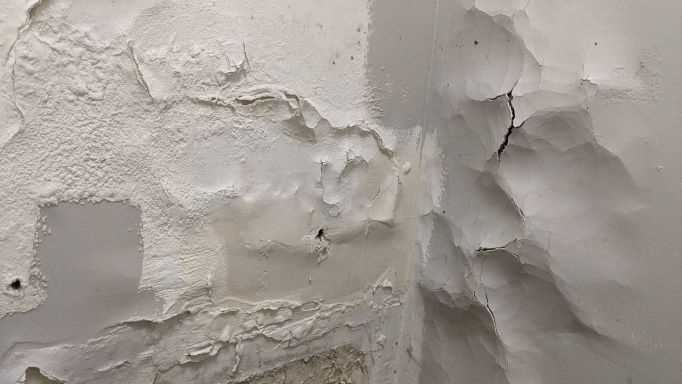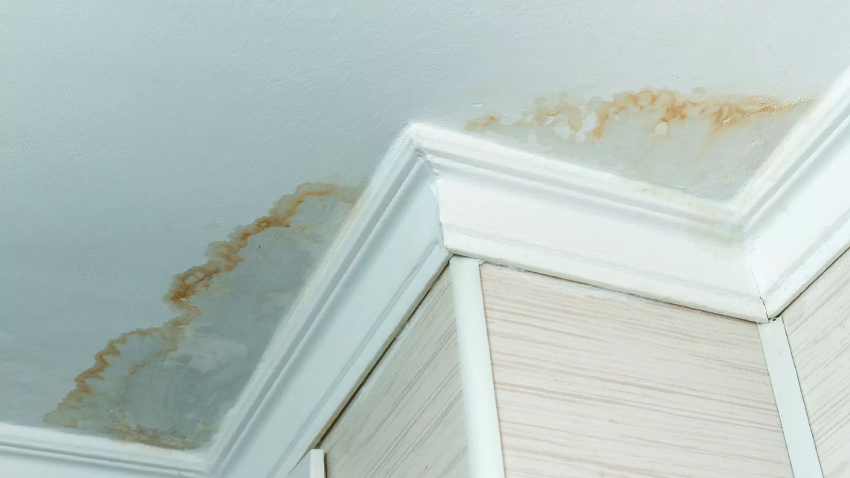The Process of Water Damages Cleanup: Ensuring Your Home Is Brought Back Efficiently
Water damages can be an overwhelming obstacle for homeowners, requiring a thorough and structured cleaning procedure to bring back security and capability. damage restoration services. Following this, efficient water removal strategies play a crucial duty in minimizing additional harm.
Evaluating the Damage
Upon discovering water damage, the initial step is to extensively analyze the level of the impact. This preliminary evaluation is essential, as it helps determine the necessary actions for reliable clean-up and repair. Begin by inspecting the impacted locations, consisting of wall surfaces, ceilings, floorings, and personal belongings, to recognize the resource of the water invasion, whether from flooding, leaks, or condensation.
Recording the damage is necessary for both insurance coverage cases and planning reconstruction initiatives - damage restoration services. Usage photos and composed notes to record the seriousness of the damages, noting any type of afflicted structural elements and materials. Pay special attention to areas that may not be quickly noticeable, such as behind wall surfaces and under carpetings, as concealed wetness can lead to more complications, consisting of mold growth
Furthermore, analyze the timeline of the water exposure. The longer the products remain wet, the greater the capacity for damages. Recognizing the duration of direct exposure will certainly educate the seriousness of remediation efforts. Eventually, a thorough assessment prepares for an effective water damages clean-up process, ensuring that all affected areas are dealt with efficiently and thoroughly.
Water Extraction Methods

Specialists typically employ submersible pumps for bigger quantities of water, which can rapidly minimize flooding in basements or other impacted areas. For smaller amounts, wet/dry vacuums are typically made use of to extract residual dampness from carpetings and hard surfaces. In addition, using portable extractors permits targeted removal in confined spaces or areas with delicate materials.
In instances of polluted water, such as sewage or floodwater, advanced extraction techniques may entail the usage of biohazard tools to guarantee safety and security and conformity with health and wellness regulations. High-powered removal devices are crucial in decreasing water retention in structural materials, which can bring about mold and mildew growth and architectural wear and tear otherwise resolved without delay.
Inevitably, the effectiveness of water removal strategies plays an essential duty in the overall success of the water damages cleaning procedure, preparing for succeeding restoration initiatives.
Drying and Dehumidification
When standing water has been properly extracted, the next critical stage in the water damage cleaning procedure is drying out and dehumidification. This step is vital to prevent more damages and mold development, which can happen within 24 to 48 hours in wet environments.
To achieve reliable drying, customized equipment such as industrial-grade air movers and dehumidifiers is utilized. Air moving companies circulate air throughout damp surface areas, enhancing evaporation prices, while dehumidifiers lower moisture levels airborne, advertising a favorable atmosphere for drying. The mix of these tools makes certain that moisture is attracted out from furnishings, floorings, and walls, enabling them to dry extensively.
It is necessary to keep an eye on the drying process very closely. Specialists typically make use of moisture meters to assess the dampness content in different products, making certain that all influenced locations get to appropriate dry skin levels. This precise technique aids to stop covert look these up wetness pockets that could cause architectural damage or unhealthy mold and mildew growth.

Cleansing and Sterilizing
After the drying and dehumidification phase is complete, the following essential action in water damages cleaning is cleansing and disinfecting the impacted locations. This procedure is essential to avoid the growth of mold, hop over to these guys germs, and various other virus that grow in wet environments.
The cleaning phase generally involves getting rid of any kind of debris, dirt, and contaminants from surfaces making use of specialized cleansing agents. For hard surface areas, a mix of soap and water or industrial cleaning items is usually used. Soft products, such as upholstery and carpets, might call for extra considerable cleaning techniques, consisting of heavy steam cleansing or deep extraction techniques, to make certain comprehensive hygiene.

Sterilizing complies with cleaning, using EPA-approved disinfectants to get rid of harmful bacteria. This step is necessary, especially in locations that might have come right into contact with floodwaters or sewer, as these sources can present significant health threats.
In addition, it is necessary to address any kind of remaining smells, which may call for making use of odor neutralizers or innovative techniques like ozone therapy. Proper cleansing and disinfecting not just restore the security and health of your home but also lay the foundation for successful repair and repairs in subsequent phases of the water damage clean-up procedure.
Restoration and Repair Services

Once the analysis is total, reconstruction initiatives can begin. In addition, floor covering may call for comparable attention, depending on the degree of water direct exposure.
It is important to engage seasoned restoration professionals during this process, as they have the competence to handle intricate fixings properly. advice In addition, they can help mitigate prospective future concerns, such as mold development or structural instability, thus guaranteeing a secure and habitable living environment. Ultimately, efficient restoration and repair services recover the home's stability and enhance its general worth.
Conclusion
In final thought, the process of water damage cleaning is important for recovering a home to its pre-damage condition. Each phase, from evaluating the damage to executing reliable water removal techniques, complied with by detailed drying, disinfecting, and essential fixings, plays a vital function in guaranteeing security and conformity with building standards. Efficient execution of these steps not only minimizes prompt damage however also boosts the lasting integrity and value of the building.
Water damage can be a difficult challenge for homeowners, necessitating a structured and precise cleanup procedure to recover security and performance. Eventually, an extensive evaluation lays the groundwork for a successful water damage cleanup procedure, making sure that all impacted locations are resolved properly and completely.
Reliable water extraction techniques are important in reducing damage and protecting against more issues complying with a water intrusion occasion.In conclusion, the procedure of water damage cleaning is critical for recovering a home to its pre-damage condition. Each stage, from evaluating the damages to executing effective water extraction techniques, adhered to by extensive drying, sterilizing, and necessary repair services, plays a crucial function in ensuring security and conformity with building criteria.